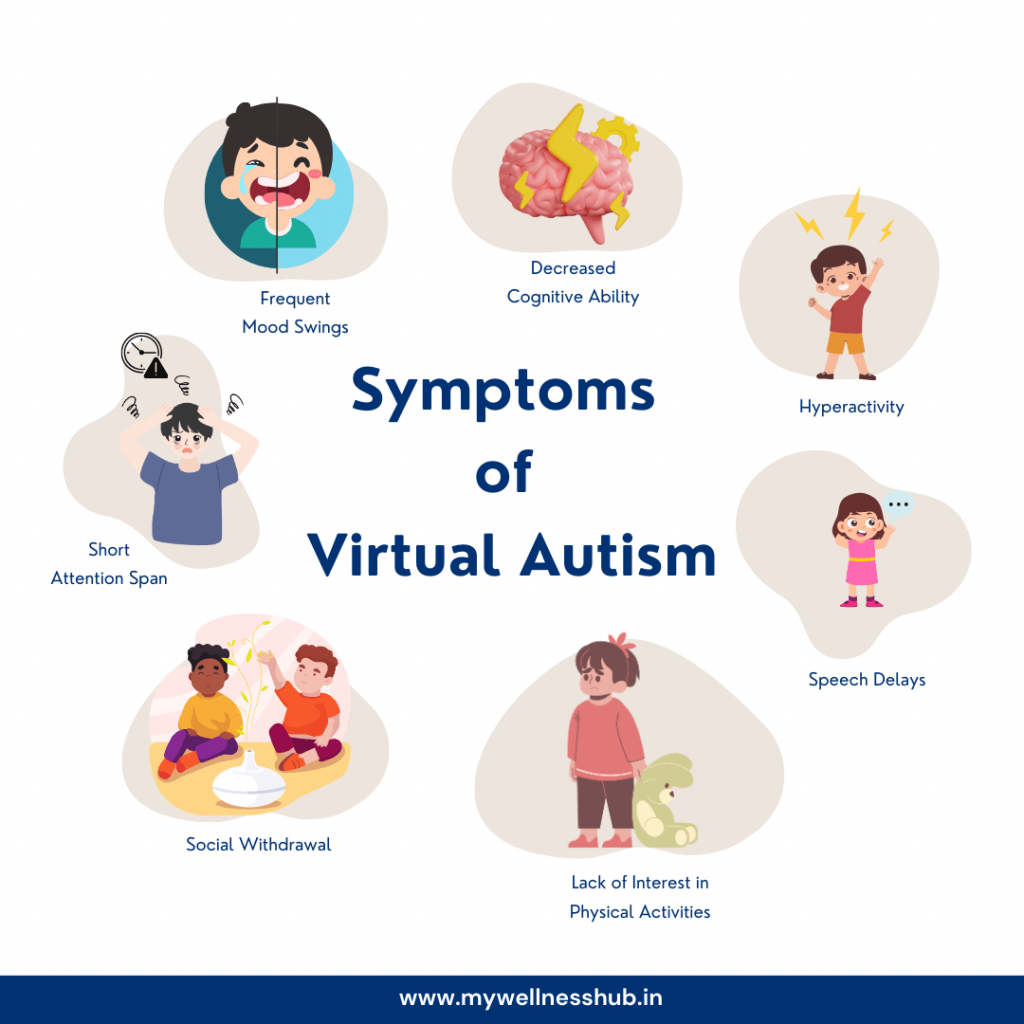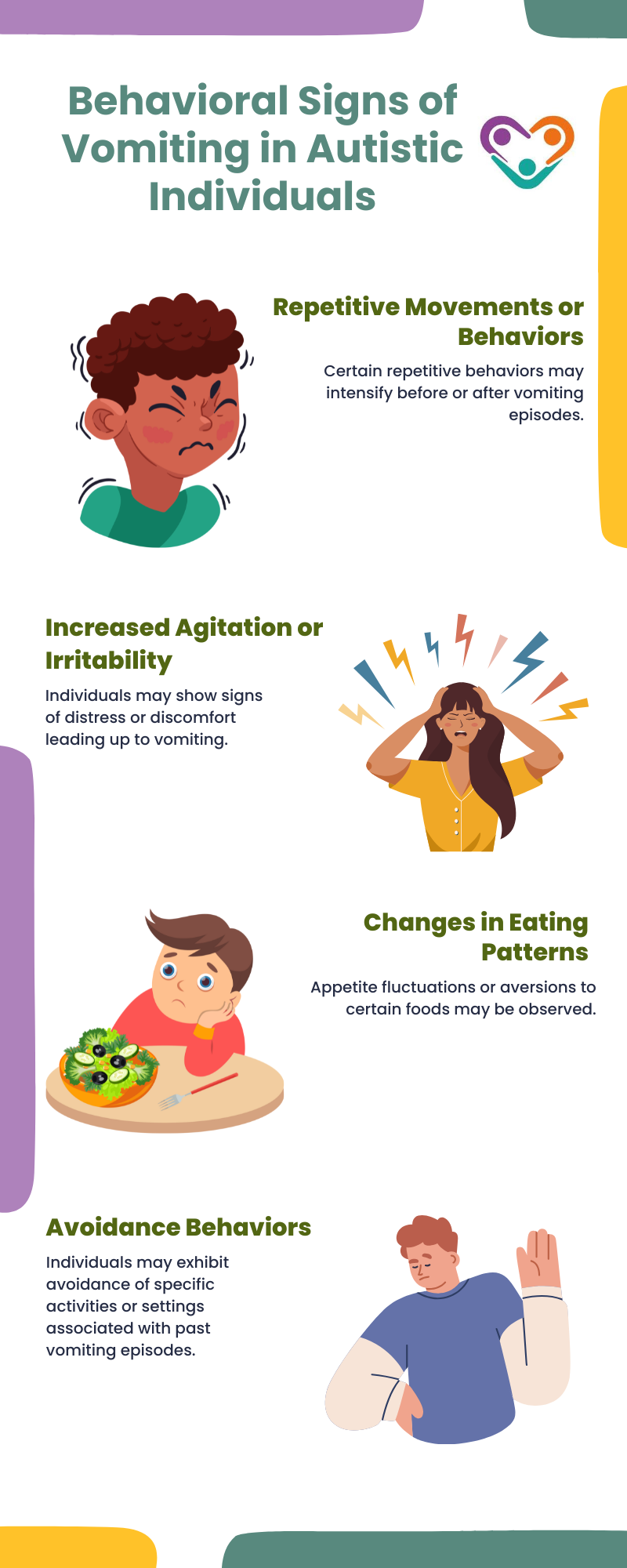How to explain autism with siblings—tips from an Aba Therapist
How to explain autism with siblings—tips from an Aba Therapist
Blog Article
Understanding the Impact of Behavioral Autism on Day-to-day Live and Social Interactions
You could not recognize just how deeply behavior autism affects day-to-day life and social interactions. Individuals on the spectrum typically browse a globe loaded with interaction hurdles and sensory overload. These difficulties can lead to stress and isolation, impacting their relationships and general well-being. Recognizing these nuances is important for cultivating encouraging settings. What techniques can we implement to develop even more inclusive areas and meaningful links? The solutions might stun you.
Specifying Behavioral Autism and Its Characteristics
Behavioral autism, often described as autism spectrum condition (ASD), encompasses a variety of problems characterized by challenges in social communication, interaction, and recurring actions. You could observe that people with ASD commonly have a hard time to analyze social signs, which can bring about misconceptions in discussions. They might find it difficult to develop eye call or take part in tiny talk, making social situations really feel overwhelming.
Communication troubles can materialize in various means, from delayed speech advancement to a choice for making use of less words. Recurring habits, such as hand-flapping or rocking, can function as coping systems to handle tension or sensory overload. These characteristics can exceptionally impact every day life, making it crucial for you to recognize and sustain those with ASD. By recognizing these attributes, you can cultivate an atmosphere that advertises approval and encourages reliable communication, helping people with autism thrive in their day-to-day interactions.
The Spectrum of Autism: Recognizing Irregularity in Actions
Autism spectrum disorder (ASD) isn't a one-size-fits-all diagnosis; it varies extensively among people. You might encounter people who are very spoken and engage quickly in conversations, while others could prefer singular tasks or interact non-verbally.
Moreover, the way individuals with ASD react to sensory input can differ substantially; some may be overwhelmed by loud noises or brilliant lights, whereas others thrive in boosting settings. The spectrum likewise includes distinctions in social communications; some individuals may struggle to translate social hints, while others browse social settings with relative simplicity. Understanding this variability is essential, as it aids you appreciate each individual's unique experience and dressmaker support to their details demands, fostering an extra comprehensive environment for everyone.
Interaction Challenges Encountered by People With Autism
When you connect with individuals on the autism range, you may discover their distinct interaction challenges. They often encounter problems with both nonverbal and spoken hints, which can influence their social communications. Comprehending these barriers is essential for promoting better connections and support.

Verbal Interaction Problems
Numerous people on the autism range experience verbal communication troubles that can substantially affect their daily communications. Your quantity, tone, or pace could not straighten with social assumptions, triggering others to misunderstand your objectives. Recognizing these obstacles can help you and your support network develop techniques to improve communication and cultivate much better connections with others in your everyday life.
Nonverbal Communication Obstacles
Verbal interaction isn't the only challenge people on the autism spectrum face; nonverbal communication obstacles can be just as significant. These obstacles can lead to misunderstandings or false impressions of social cues, making interactions really feel confusing or frustrating. By resolving nonverbal interaction, you can locate techniques to boost your social experiences and enhance your overall top quality of life.
Social Communication Impacts
Social interactions can often really feel overwhelming as a result of the distinct interaction difficulties faced by individuals with autism. You may deal with interpreting social cues, making it difficult to comprehend sarcasm or body language. This can bring about misconceptions or awkward minutes in conversations. Additionally, starting and maintaining discussions might feel tough, causing anxiety in social circumstances. You might prefer structured atmospheres, making spontaneous communications uneasy. It's also usual to experience trouble in participating in little talk, which can prevent developing brand-new relationships. Identifying these difficulties can aid you find approaches to enhance communication, such as practicing social skills in safe setups or utilizing visual aids - Aba Therapist Near Me. Recognizing your requirements permits you to browse social communications with better self-confidence and convenience.
Social Communication and Relationship Structure in Autism
While building relationships can be challenging for individuals with autism, comprehending their one-of-a-kind point of views and communication designs can cultivate significant connections. You may discover that several individuals on the range choose direct interaction and might have problem with social cues or tiny talk. By being simple in your interactions, you can aid create an environment where they really feel comfy.
Make the effort to observe and pay attention how they share themselves. This understanding can guide you in steering conversations better. Taking part in shared interests can also work as a bridge to deeper links. Whether it's a leisure activity, a preferred program, or a mutual enthusiasm, these typical threads can open up doors to friendship.
Every Day Life Regimen: Navigating Challenges and Strategies
Maneuvering life regimens can be especially challenging for individuals with autism, especially when unforeseen modifications take place. You could find convenience in having a structured timetable, as it assists you expect what's next. It's regular to feel overwhelmed or anxious when disturbances happen. To browse these challenges, think about applying visual routines or lists. These tools can supply quality and peace of mind.
Developing a regimen that includes sensory breaks can also be helpful. You can prepare time-outs throughout your day to charge. It's vital to interact with those around you, letting them recognize your needs and choices. This helps produce an understanding atmosphere.
Lastly, method mindfulness methods to handle stress and anxiousness. Easy breathing workouts or basing strategies can make a considerable distinction. By integrating these techniques, you can enhance your day-to-day routine and minimize interruptions, making life feel more convenient.
Staminas and Capabilities of People on the Autism Spectrum
Recognizing everyday life regimens is simply one aspect of the autism experience. Numerous individuals on the autism spectrum possess amazing staminas and capabilities that establish them apart. You may discover that your attention to information is exceptional, allowing you to master tasks that call for precision and emphasis. Your capacity to believe outside the box can lead to cutting-edge solutions in numerous circumstances.
Moreover, your memory abilities commonly radiate, specifically in areas of passion. Autism Therapist. This flair for retaining information can make you a useful resource in This Site areas like innovation, scientific research, or art. You might additionally exhibit strong aesthetic thinking, allowing you to picture complex ideas and fix problems artistically
Furthermore, your special perspective on the globe can cultivate compassion and understanding in others, enriching social communications. Accepting these strengths not just enhances your confidence but additionally aids others appreciate the diverse skills you offer the table.
Producing Inclusive Environments for People With Autism
Creating comprehensive settings for people with autism starts with making sensory-friendly spaces that deal with their distinct needs. You can also cultivate opportunities for social communication, helping to construct links and friendships. By making these modifications, you'll contribute to an extra inviting atmosphere for every person.
Designing Sensory-Friendly Spaces
While making sensory-friendly spaces, check this it's important to show on the unique needs of people with autism. Include peaceful areas where individuals can pull back and charge when bewildered. Include aesthetic schedules or clear signs to assist individuals browse the room with confidence.
Advertising Social Interaction Opportunities
Creating sensory-friendly rooms not just addresses private convenience but also establishes the phase for meaningful social communications among individuals with autism. To advertise these communications, create comprehensive settings that invite involvement. Organize organized tasks, like art courses or team games, that urge cooperation without overwhelming sensory input. Usage aesthetic aids and clear interaction to assist every person engage comfortably. Motivate peer mentoring, matching individuals with autism with helpful peers who can lead them with social circumstances. Furthermore, consider holding normal community occasions that commemorate neurodiversity, fostering acceptance and understanding amongst all participants. By executing these approaches, you can boost social chances, helping individuals with autism construct friendships and enhance their social skills in a risk-free, inviting atmosphere.

Regularly Asked Concerns
How Can Friends Assistance Somebody With Behavioral Autism?
You can support a buddy with behavior autism by being person, paying attention actively, and valuing their borders. Take part in tasks they appreciate, communicate freely, and produce a comfortable environment where they feel valued and comprehended.
What Resources Are Available for Moms And Dads of Children With Autism?
You can discover numerous resources for moms and dads of kids with autism, consisting of support system, instructional web sites, and regional social work. Getting in touch with various other moms and dads can also supply valuable understandings and shared experiences to assist navigate challenges.
Can Behavioral Autism Change In Time?

Yes, behavioral autism can alter over time. You might observe changes in interaction, social abilities, and actions as your youngster expands. Early intervention and support commonly play crucial roles in these developing modifications.
How Do Sensory Sensitivities Impact Day-to-day Live?
Sensory level of sensitivities can make everyday experiences frustrating. You might have a hard time with loud sounds or brilliant lights, bring about stress and anxiety or avoidance. Discovering settings that fit your requirements can substantially boost your comfort and total life.
What Prevail Misconceptions Concerning Behavioral Autism?
You may think behavioral autism only impacts interaction abilities, but it's even more facility. Many presume people do not have compassion or knowledge, which isn't true. Understanding these false impressions assists foster approval and assistance for those on the range.
Behavioral autism, imp source frequently referred to as autism spectrum problem (ASD), encompasses an array of problems identified by difficulties in social communication, communication, and repetitive habits.Social communications can usually feel overwhelming due to the special communication obstacles faced by people with autism.Creating sensory-friendly rooms not only addresses specific convenience but additionally sets the phase for purposeful social communications among people with autism. Motivate peer mentoring, pairing people with autism with supportive peers who can lead them via social scenarios. By executing these approaches, you can improve social possibilities, helping individuals with autism develop relationships and enhance their social skills in a secure, inviting atmosphere.
Report this page